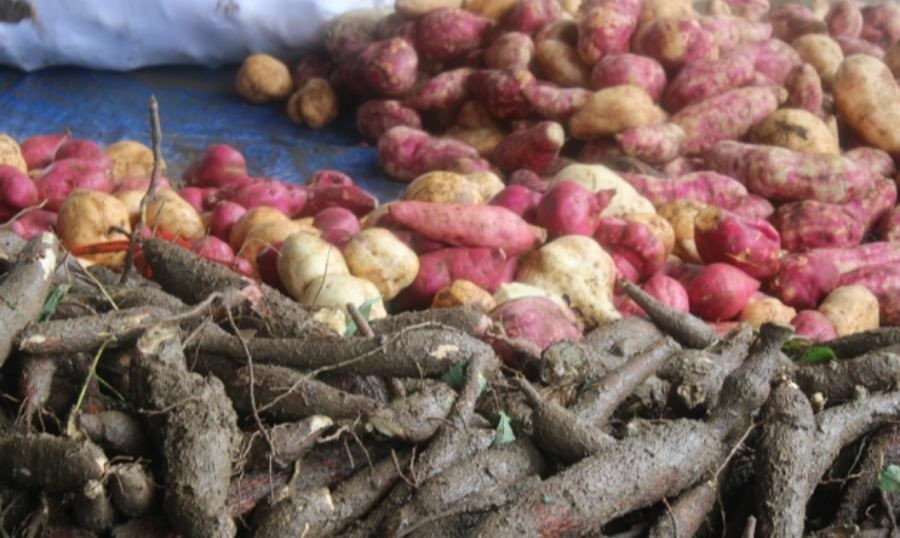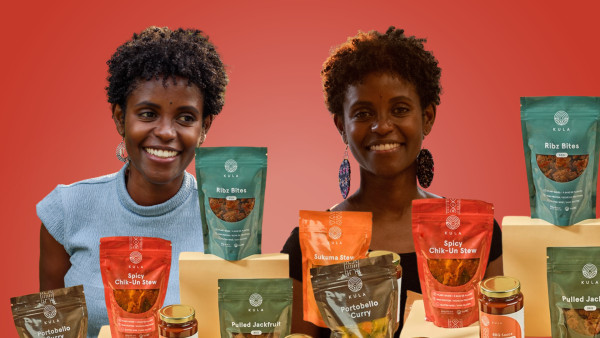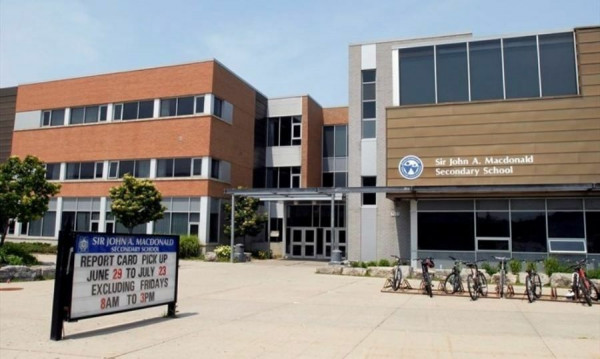Canadians with access are getting a small glimpse into a life with food insecurity. Except this isn’t insecurity so much as it is uncertainty. There will be food. But food production will slow down. Farms, manufacturers and distributors are working with limited staff and new protocols. Canada is the 5th largest food exporter but the 6th largest food importer. The shifts in the market will see a decrease in what we export, making more food available for us to eat right here Canada. We can expect COVID-19 to impact our lives well into the end of summer. We must adapt! If we’re armed with the right information we can plan for the food uncertainty ahead.
Price Increases.
We can expect to see a rise in food prices over the next few months. We’ll see an average of 2% and a likely high of 6%. This will see higher price increases on foods that aren’t grown here (e.g. bananas) and a decrease in their supply. All countries will prioritise ensuring there is enough food to feed their populations first. This also means that we will be exporting less of what is grown here. It’s time to eat what we grow. And sadly, the Canadian dollar weakens in times like these.
Homegrown eating.
For those of us from immigrant families or new to Canada, we probably do most of our shopping at cultural food stores. These exports (many which already cost more) will likely see the highest price increase and decrease in supply. We can still make that pot of chicken soup by learning how to substitute. Learn that a rutabaga is a turnip and can be used in that pot of soup. Buttercup squash is savoury like a Jamaican pumpkin so it’s a better substitute than a butternut squash. Make ackee and spinach, or swiss chard or locally grown collard greens instead of calalloo. A Jerusalem artichoke looks like ginger but eats like a potato. It is a plentiful root vegetable in the summer. The same applies to meat and seafood since cultural food stores primarily import these. Some will pivot to purchasing from the local market while others will prioritise their top sellers only to manage costs. So where are we getting all this meat and produce? Think beyond the grocery store.
Online farmers’ markets.
Farmers’ markets won’t be taking place but farmers are still farming. In response to physical distancing, essential services have all gone online. Farmers’ markets, local farmers are setting up online stores, scheduled pick up programs and delivery markets. This is an opportunity to support your local farmer. While writing this article, I received a produce box delivered by a local farmer. Large farm stores also tend to import popular produce so you might still get your bananas from a local farmer. So find your local farmer or farm store. Check the website for the farmers’ market in your area and research their vendors. The same can be done for poultry, meat and seafood. You may need to eat lake perch instead of snapper if you need fish that badly.
The Whole Hog.
If you have a deep freeze or you’re willing to get a group of friends together, consider purchasing a whole animal like a goat, or half a cow or a poultry box. It will be cheaper and the farmer can butcher the animal for you as well.
Go ham on some beans.
This is a great time to cut the meat in your diet and increase your whole vegan and vegetarian meal consumption. Legumes and beans are great in a time like this. Tempeh, canned jackfruit, dried mushrooms all keep well. They are also cheaper in the long run. Set a goal to prepare four vegetarian meals per week.
Food doesn’t need to be wasted.
I am a nose to tail eater. It’s how I was raised. I save my trimmings and freeze them to make stocks and prioritise vegetables that offer versatility. Carrot tops, beet tops, radish tops, and turnip tops all can be eaten. If you buy from your local farmer, you are almost guaranteed to get these. If not, ask your local farmer to save you the tops. Garlic beet greens are delicious.
Become an urban farmer.
There is an entire urban farming industry. You don’t need a lot of space to grow enough food to offset your produce costs. Pick three crops to grow and grow them well. A group of friends and I have started a backyard farmer's network. We’re sharing what we’re growing and will be trading the harvest. We’ve also tapped into people’s strengths. In my network, one of the members is really good at growing carrots. I do not have a carrot thumb. I supplied the carrots seeds for a greater share of the carrots. Spread the message in your neighbourhood.
Learn a new skill and learn to do without.
We don’t need to buy canned food. Can your own. Also, research how to store vegetables over a long period of time. Limit your diet. Everything won’t be available and that’s okay.
Donate.
While we adapt, some simply cannot. Support your local food bank or community organisation. Shop at stores that are donating and supporting vulnerable populations. Pay it forward. Organisations like Black Creek Community Farm, Building Roots TO and FoodshareTO are providing food to the most vulnerable and in predominantly Black areas. $20 can provide four meal boxes. Panic will lead us to hoard food and assume we can’t help, that’s not true. We can adapt, live at a distance and still be there for our community. We can work from home, shop online and donate from the couch.
Teneile Warren is an artist with her hands. A chef and a playwright; she believes our words and our food are more intertwined than we think. She is the co-owner of nyam Revival Kitchen and a community advocate. She lives in Kitchener, ON with her wife, son and three “furbabies”.
Pronoun: she/her
Follow Teneile on Twitter @iamquagmire

 By
By 








